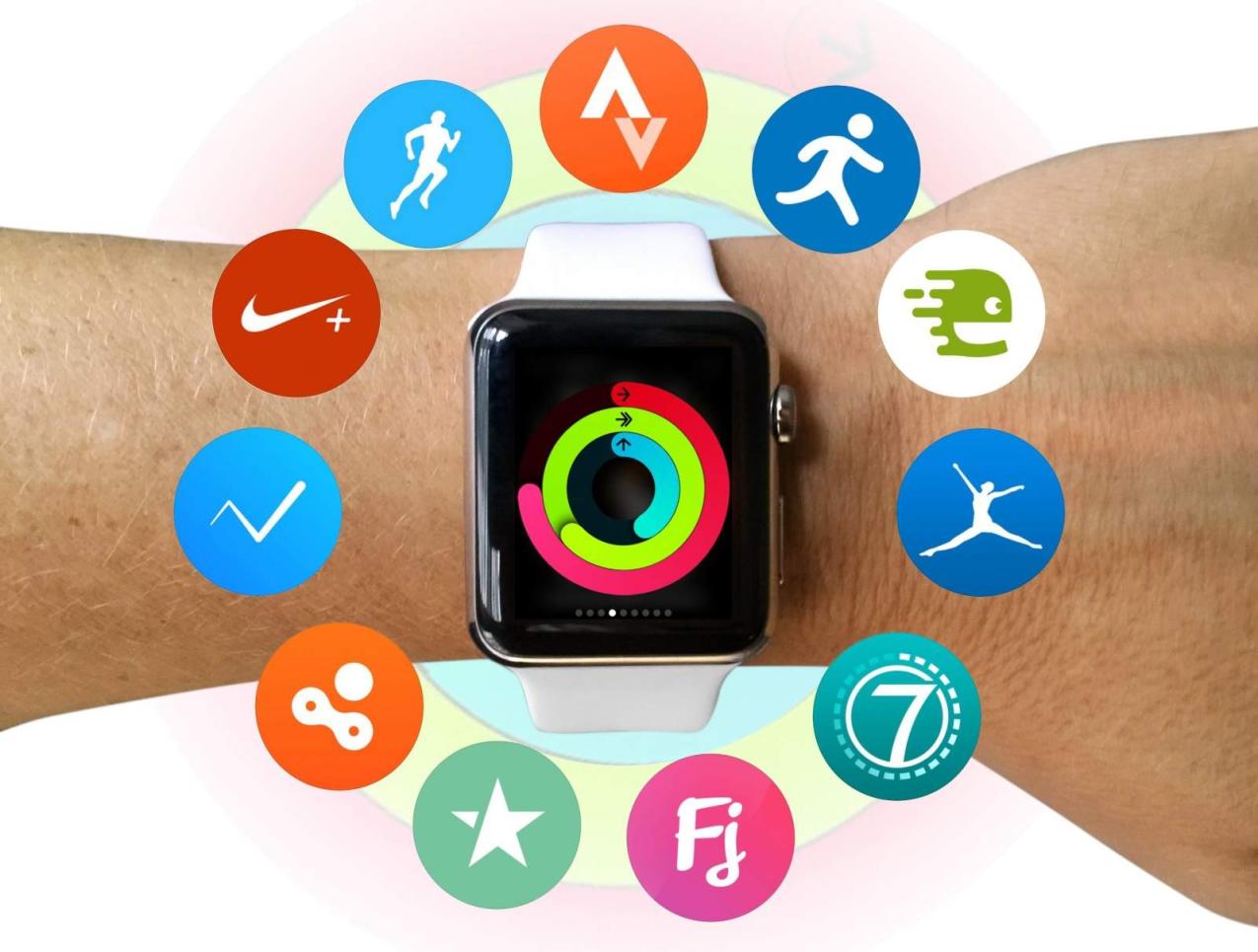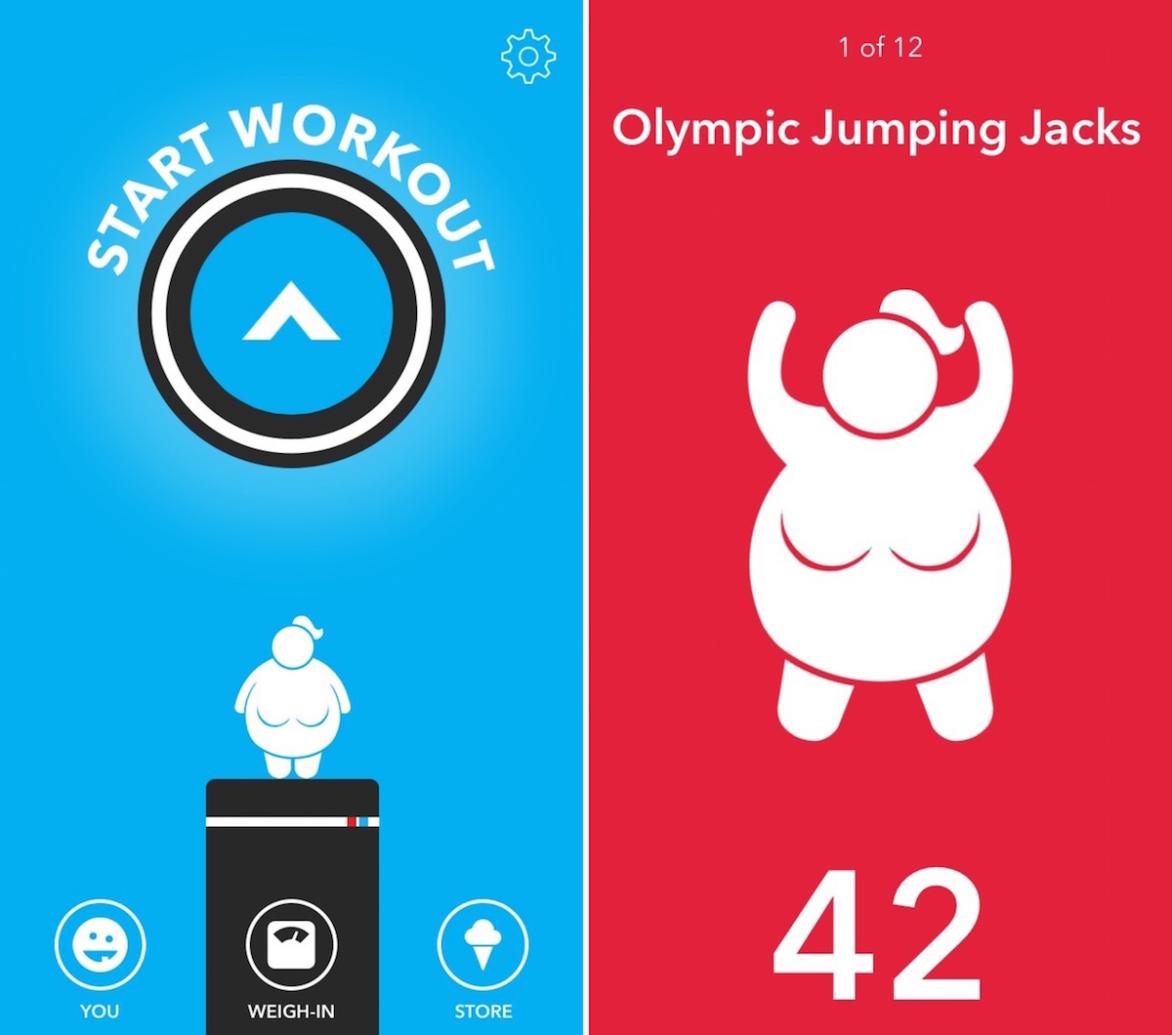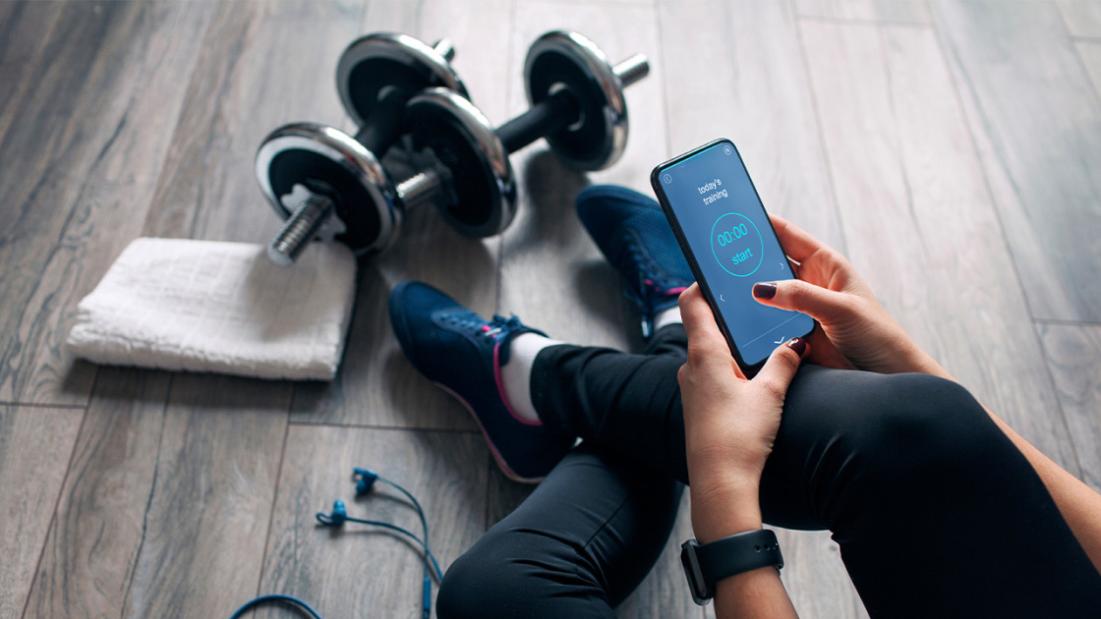How Can Fitness Apps Be Used to Help People with Disabilities?
Fitness apps have become increasingly popular in recent years, offering a convenient and accessible way for people to track their physical activity, set goals, and stay motivated. For people with disabilities, fitness apps can provide even greater benefits, helping them to overcome barriers and achieve their fitness goals.

Definition Of Fitness Apps And Their Benefits For People With Disabilities
Fitness apps are mobile applications that use sensors and GPS to track physical activity, such as steps taken, distance traveled, and calories burned. They can also provide personalized workouts and exercises, offer virtual fitness classes and training sessions, and connect users with other individuals with disabilities for support and motivation.
For people with disabilities, fitness apps can offer a number of benefits, including:
- Increased physical activity and improved fitness levels
- Reduced risk of chronic diseases and health complications
- Enhanced mental health and well-being
- Improved social interaction and sense of community
Statistics On The Prevalence Of Disabilities And The Need For Accessible Fitness Solutions
According to the World Health Organization, approximately 1 billion people worldwide have a disability. This number is expected to increase in the coming years due to aging populations and the rising prevalence of chronic diseases.

People with disabilities often face barriers to physical activity, such as inaccessible gyms and fitness facilities, lack of transportation, and social stigma. As a result, they are more likely to be physically inactive than people without disabilities.
Fitness apps can help to address these barriers by providing accessible and affordable fitness solutions for people with disabilities.
Types Of Fitness Apps For People With Disabilities

There are a variety of fitness apps available that are designed specifically for people with disabilities. These apps include:
- Apps for tracking physical activity and progress: These apps allow users to track their steps taken, distance traveled, and calories burned. They can also provide feedback on the user's progress over time.
- Apps for providing personalized workouts and exercises: These apps provide users with personalized workouts and exercises that are tailored to their individual needs and abilities. They can also provide video demonstrations and instructions.
- Apps for offering virtual fitness classes and training sessions: These apps allow users to participate in virtual fitness classes and training sessions from the comfort of their own home. They can also provide live feedback and support from instructors.
- Apps for connecting with other individuals with disabilities for support and motivation: These apps allow users to connect with other individuals with disabilities who are also interested in fitness. They can provide a sense of community and support, and help users to stay motivated on their fitness journey.
Benefits Of Using Fitness Apps For People With Disabilities
There are a number of benefits to using fitness apps for people with disabilities, including:
- Increased physical activity and improved fitness levels: Fitness apps can help people with disabilities to increase their physical activity levels and improve their fitness levels. This can lead to a number of health benefits, including reduced risk of chronic diseases, improved mental health, and enhanced well-being.
- Reduced risk of chronic diseases and health complications: Physical activity can help to reduce the risk of chronic diseases such as heart disease, stroke, type 2 diabetes, and cancer. Fitness apps can help people with disabilities to increase their physical activity levels and reduce their risk of these diseases.
- Enhanced mental health and well-being: Physical activity has been shown to improve mental health and well-being. Fitness apps can help people with disabilities to increase their physical activity levels and improve their mental health and well-being.
- Improved social interaction and sense of community: Fitness apps can help people with disabilities to connect with other individuals with disabilities who are also interested in fitness. This can provide a sense of community and support, and help users to stay motivated on their fitness journey.
Challenges And Considerations
There are a number of challenges and considerations that need to be addressed when using fitness apps for people with disabilities. These include:
- Accessibility issues for users with different types of disabilities: Fitness apps need to be accessible to users with different types of disabilities, including visual impairments, hearing impairments, and cognitive impairments. This may require the use of adaptive technologies, such as screen readers and voice control.
- Cost and affordability of fitness apps: Fitness apps can be expensive, and this may be a barrier for some people with disabilities. There are a number of free and low-cost fitness apps available, but these may not offer all of the features and functionality of paid apps.
- Data privacy and security concerns: Fitness apps collect a lot of data about users' physical activity, including their location, heart rate, and sleep patterns. This data can be used to track users' progress and provide them with personalized feedback. However, it is important to ensure that this data is collected and used in a responsible and ethical manner.
- Need for ongoing support and guidance from healthcare professionals: People with disabilities should work with their healthcare providers to develop a safe and effective fitness plan. Fitness apps can be a valuable tool for people with disabilities, but they should not be used as a substitute for professional medical advice.
Case Studies And Success Stories
There are a number of real-life examples of individuals with disabilities who have benefited from using fitness apps. For example, a study published in the journal Disability and Rehabilitation found that a fitness app helped people with spinal cord injuries to increase their physical activity levels and improve their overall health.
Another study, published in the journal Pediatrics, found that a fitness app helped children with autism spectrum disorder to improve their motor skills and social skills.
These are just a few examples of the many ways that fitness apps can help people with disabilities to live healthier and more active lives.
Future Directions And Innovations
There are a number of emerging technologies and trends that are likely to shape the future of fitness apps for people with disabilities. These include:
- Artificial intelligence (AI) and machine learning: AI and machine learning can be used to personalize fitness experiences for individuals with disabilities. For example, AI-powered fitness apps can track users' progress and provide them with personalized feedback and recommendations.
- Integration of fitness apps with other healthcare and rehabilitation technologies: Fitness apps can be integrated with other healthcare and rehabilitation technologies, such as electronic health records (EHRs) and wearable devices. This can allow healthcare providers to track users' progress and provide them with more comprehensive care.
- Virtual reality (VR) and augmented reality (AR): VR and AR can be used to create immersive and engaging fitness experiences for people with disabilities. For example, VR can be used to create virtual fitness classes and training sessions that are accessible to people with mobility impairments.
Fitness apps can provide a number of benefits for people with disabilities, including increased physical activity, improved fitness levels, reduced risk of chronic diseases, enhanced mental health and well-being, and improved social interaction. However, there are a number of challenges and considerations that need to be addressed when using fitness apps for people with disabilities, including accessibility issues, cost and affordability, data privacy and security concerns, and the need for ongoing support and guidance from healthcare professionals.
Despite these challenges, fitness apps have the potential to revolutionize the way that people with disabilities approach fitness and health. As technology continues to evolve, we can expect to see even more innovative and accessible fitness apps that help people with disabilities to live healthier and more active lives.
Call to action: Developers, healthcare providers, and policymakers should work together to promote the use of fitness apps among people with disabilities. This can be done by developing accessible and affordable fitness apps, providing training and support to healthcare providers, and raising awareness of the benefits of fitness apps for people with disabilities.
YesNo

Leave a Reply